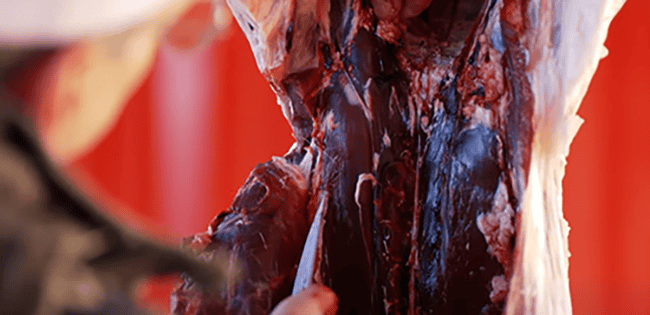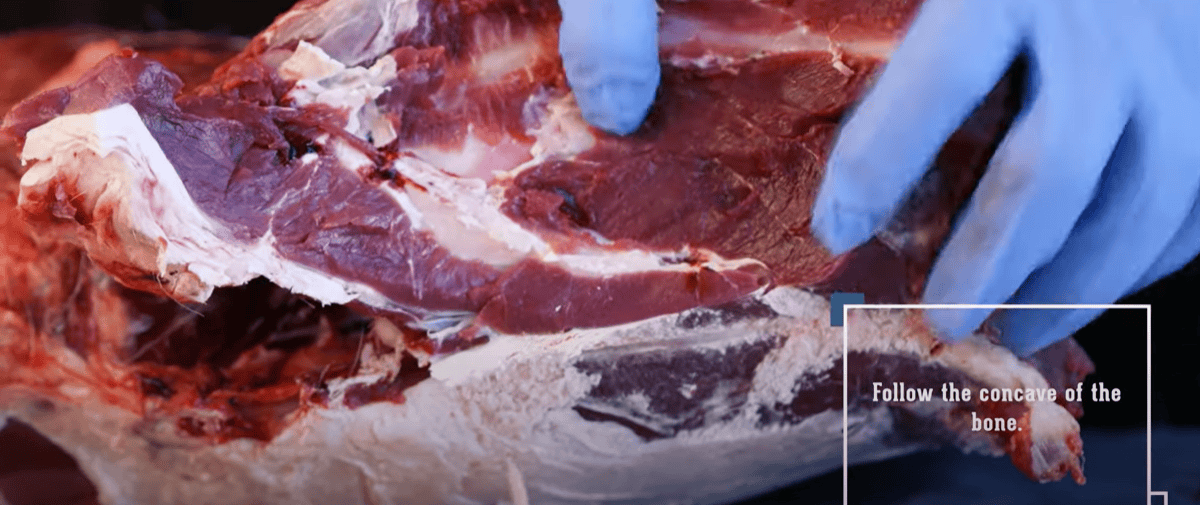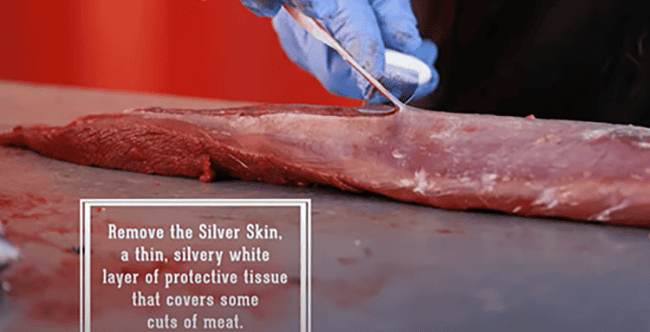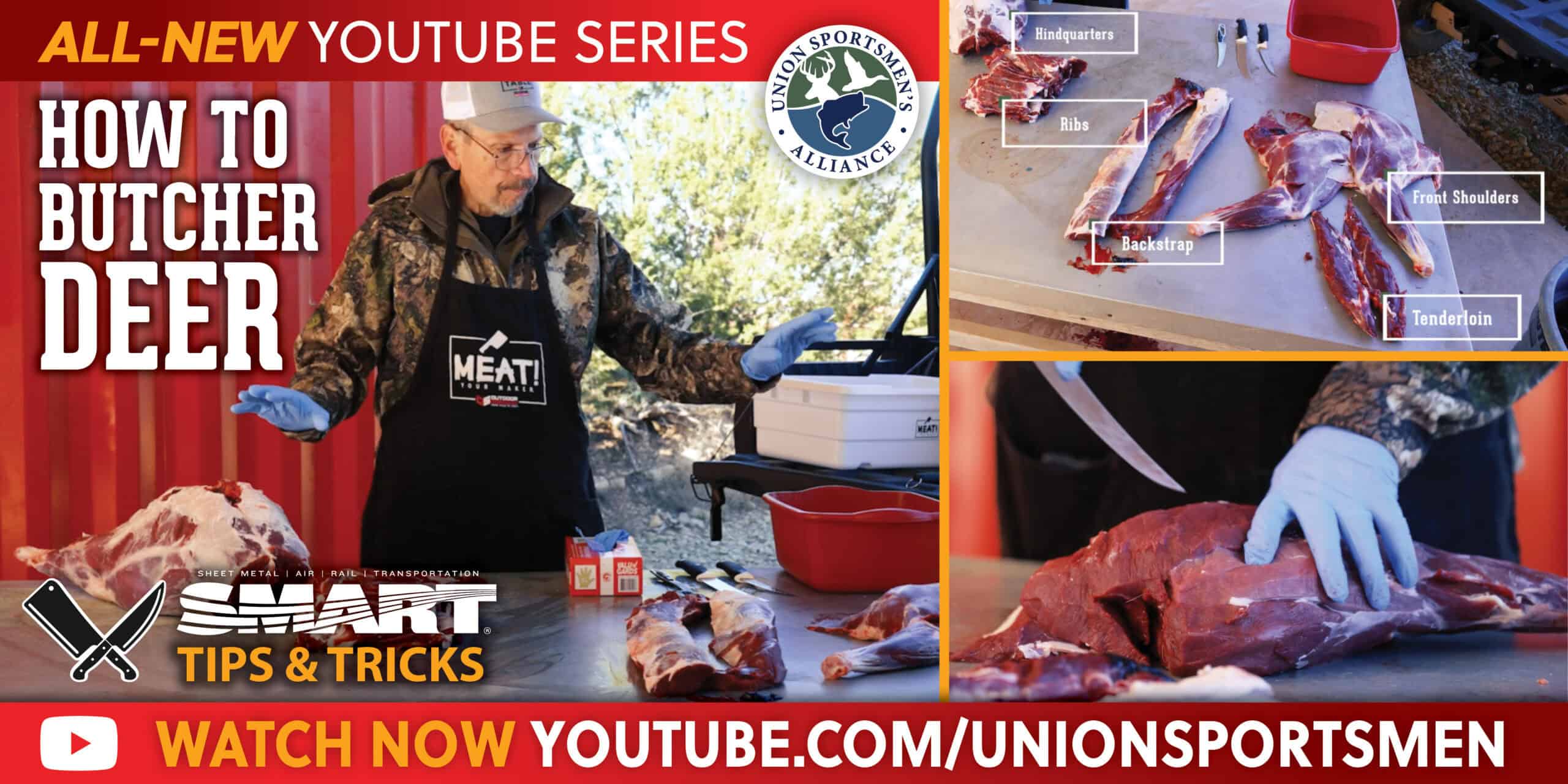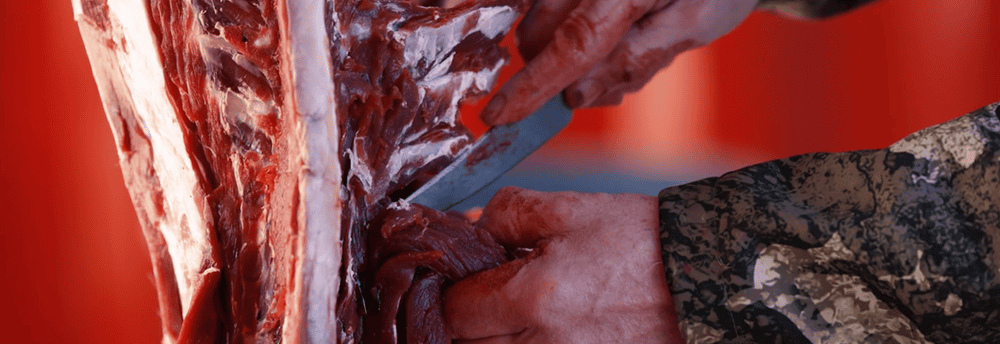
Top 10 Deer Processing Blunders
By PJ DelHomme
A professional butcher breaks down the most common mistakes hunters make when they butcher a deer.
Joe Benelli is a career butcher. In our SMART Tips & Tricks: How to Butcher a Deer video series, he shares his knowledge on butchering a deer from start to finish. He’s seen hunters make quite a few mistakes in the field and in their own garage when they process their own deer. In this video on how to butcher a deer, he mentions a number of those mistakes and how to avoid them. As you gear up for hunting season, it’s a friendly little reminder of what not to do when you’re making meat.
Get Dirty
You want to keep a clean work area. This means keeping as much hair and dirt off the meat as possible. Nobody wants a hair on their steak. And don’t ignore cuts or wounds on your hands. You can get blood poisoning and even contract tuberculosis if you have an open wound. Wearing rubber gloves is never a bad idea.
If you don’t remove as much of the windpipe as you can in the field, it will cause the meat to spoil faster. It still retains acids from the stomach, plus it’s a vector that allows bugs like flies and bees to sneak into the carcass and raise their kids. It’s a cinch to remove, and Benelli shows you how.
Cut the Tenderloins Too Short
Hunters tend to cut these prime meat morsels too short. They’re longer than you think, and it’s one of the best cuts on a deer. Get as much of them as you can. Don’t wait too long to remove them, either. They will shrink over time if left on the carcass.
Leave Too Much Fat
The fat in big game like deer and elk is a lot different from the fat in beef. The fat on deer will get rancid over time. When people talk about the “gamey” taste, they’re talking about what happens when people leave the tallow (fat) on the meat.
Keep Rib Meat Too Long
When you pack out the rib meat, it’s going to have a lot of fat in it. There’s no easy way to get the fat out of the rib meat. It’s okay to eat, but it doesn’t keep for long. Eat rib meat within a month because it will start to get rancid and affect the taste.
Cut the Hindquarter Incorrectly
Cutting the hindquarters off of the pelvic bone is tricky. Often, people cut straight across instead of following the curvature of the pelvic bone. If you don’t follow the bone, you lose a really good piece of very tender meat. Follow the concave curve and keep the meat on the hindquarters.
Leave the Silver Skin
The silver skin, ligaments, tendons, and other connective tissue will make the meat tough to eat. You want to remove as much of that as you can. To get most of the silver skin, it’s just like fileting a fish. Work your knife blade at an angle once it’s underneath the skin. With a sharp blade, you can remove most of it without removing much meat in the process.
Throw Out the Shank
The shank (think hindquarter calf muscle) is an incredibly tough, sinew-filled, but flavorful muscle when cooked properly. Some people leave it on the bone, others trim it off. Either way, it’s great in a stew. The “low and slow” cooking method breaks down those tendons. If you leave it on the bone, the marrow cooks into the stew.
Overcook
When you cook venison, you want to serve it rare to medium-rare. That’s about 130–135°F. If you cook it longer, it will dry out and get tough quickly.
Use the Wrong Broth Bones
When you make your broth, always use the round bones. Don’t use flat bones like the shoulder blade. The flat bones will not give you the flavors you want.
And finally, Benelli says that one of the most common mistakes is rushing the process. Take your time when you butcher. The deer isn’t going anywhere. Keep the meat clean. Keep your knives sharp. If you slow down in the field and at home to focus on doing a good job, it will pay off when you serve that meat to family and friends.
PJ DelHomme writes and edits content from western Montana. He runs Crazy Canyon Media and Crazy Canyon Journal.
Video series proudly supported by:


